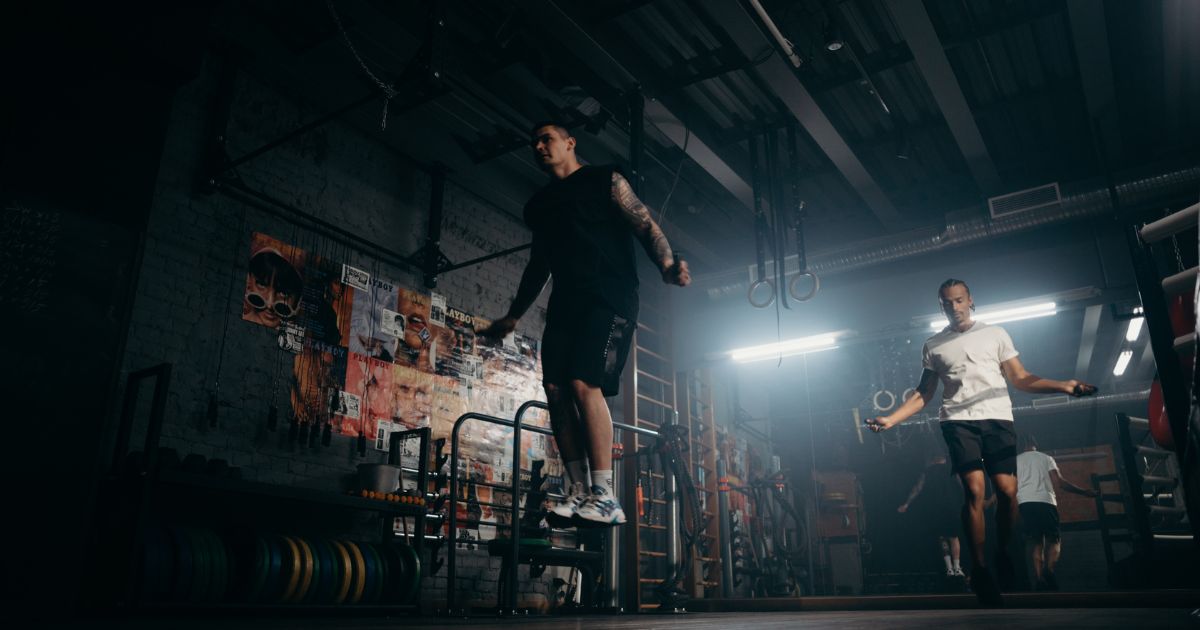Table of Contents
Proper Climbing Warm Up: For Better Climbing Performance
Warm-ups can indeed be tedious when all you want to do is go for a wall climb. On the other hand, they are essential for improving your performance and avoiding injuries. This post will walk you through “Proper Climbing Warm Up” a basic warm-up that targets the fingers, upper body, and lower body so you can move right into the more thrilling part—climbing.
Lower Body Warm-up: Squats for Climbers
1. Elevated Split Squats to Improve Hip Mobility and Ankle Flexibility
Commence the warm-up by performing elevated split squats. Using a mat or rock, raise your front foot, highlighting a deep range of motion, and lunge forward. This exercise improves hip flexion, extension, and ankle flexibility—all of which are necessary for climbing motions. Complete at least six repetitions for each leg.
Tip: To reap the most benefits, move slowly and concentrate on deep lunges.
2. Cossack Squats for Hip Abduction
Make the switch to Cossack squats, focusing on lunges from side to side. This improves hip abduction, a necessary skill for wide-bridging postures. Make sure your feet point forward and lunge as low as possible when aiming for six repetitions on each leg.
Tip: Concentrate on strengthening your hip adductors, and don’t worry if your heel lifts.
3. Plie Squats for Opening Hips
Exercise plie squats to wrap up the lower-body warm-up. Squat widely to open up your hips. Press into the stretch with your hands on your elbows for support. For 20 to 30 seconds, hold the squat while focusing on your hip flexibility.
A helpful hint is to gently rock back and forth to improve hip opening.
Upper Body Warm-up: Pressing and Pulling Exercises
1. Scapular Press-ups for Shoulder Warm-up
Scapular press-ups are the perfect way to transition into the upper-body warm-up. Concentrate on advancing and retracting the scapula in an angled manner. Do six to ten repetitions to activate your scapula.
Tip: Before moving onto the floor, use an incline for a more manageable angle.
2. Full-range Press-ups for Triceps Activation
Make sure your chest touches the mat as you transition to full-range press-ups. This further warms up the muscles in the upper body and contracts the triceps. Change the surface angle to alter the difficulty.
Tip: Adapt the level of difficulty to your body’s angle concerning the floor.
3. Scapular Shrugs and Pull-ups for Back Warm-up
Start with scapular shrugs on the pull-up bar for pulling exercises. Prioritize scapular mobility when advancing to complete pull-ups. Use weights or bands to change the difficulty.
Tip: To engage your back muscles, give priority to scapular movement.
Finger Warm-up: Hangboard Routine
1. Submaximal Hangs for Gradual Warm-up
Go to the hang board and warm up your fingers there. Start with submaximal hangs and lower your body weight onto the board gradually. Before moving on to full-body weight hangs, concentrate on perception by going from easy to moderately hard.
Tip: Maintain 5- to 10-second submaximal hangs.
2. Overcoming Isometrics for Finger Strength
Include pulling against the edge without lifting your feet as a way to overcome isometrics. This prepares the finger for strength without requiring weights or a harness.
Tip: For a proper warm-up, pull at 80–90% of your maximum effort.
Climbing Wall Warm-up: Skill, Flexibility, and Power
1. Progressive Climbing with Skill Focus
Start climbing on beginner routes and concentrate on honing your skills. Emphasize effective movement, being mindful of your foot and hip positions.
Use this opportunity to hone your climbing technique.
2. Develop Range of Motion with Flexibility Climbing
Include ascents that test your range of motion. To increase flexibility, actively practice frog positions, high steps, and bridge positions.
Tip: To practice lowering into high steps, use down climbs.
3. Build Power with Submaximal Climbs
Focus on developing power on easier climbs by using dynamic movements, swings, and dynos. To carry that power into more difficult climbs, work larger muscle groups on bigger holds.
To prevent early fatigue, maintain a submaximal effort.
Final Thoughts: It’s All About Consistency.
When creating your warm-up regimen, make sure it’s enjoyable and follow through on it. Maintaining consistency helps you perform at your best when climbing because it fosters confidence and guarantees that you follow your warm-up routine.
Related Posts
- The 5 Fundamentals of Climbing You Need to Know
- The 7 Essential Movements of Bouldering
- 7 Techniques Every Climber Must Know
- Breaking Conventional Rules in Climbing
- 7 Biggest Climbing Mistakes And How To Fix Them
- 8 Essential Tips for Outdoor Rock Climbing Beginners
- 70 Beginner Climbing Tips: The Most Important Techniques & Skills










Discussion about this post